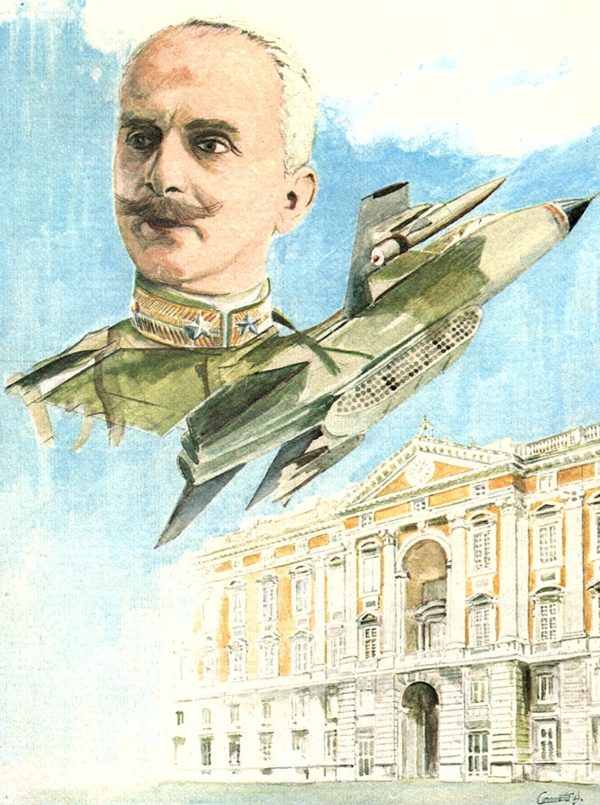
Hosted by : Santosh Kumar
Decision making is an art
Be bold when you lose. Be calm when you win.
Changing the face can change nothing, but facing the change can change everything.
Step into the world of strategic decision-making with our distinguished guest, Former Vice Chief of Air Staff, Air Marshal Anil Khosla, PVSM, AVSM, VM.
With over 40 years of service to our nation, he shares profound insights on the art of decision-making. Join us this week as we explore the art of decision-making.
Self-reliance is a necessity
Why is self-reliance a necessity in today’s world?
Dive deep into the discourse with Former Vice Chief of Air Staff, Air Marshal Anil Khosla, PVSM, AVSM, VM.
We dissect the essence of ‘आत्मनिर्भर भारत’.
Uncover the looming threats from China and the imperative steps towards safeguarding our nation’s sovereignty.
Tune in for an eye-opening conversation that navigates the intricate dynamics of global power.
Team Work and Camaraderie
“Remember, teamwork begins by building trust. Alone we can do so little, together we can do so much….”
Join us this week as we have a conversation with Former Vice Chief of Air Staff, Air Marshal Anil Khosla (Retd.), PVSM, AVSM, VM
As he unveils the unseen bonds of the Indian Air Force, where every squadron is more than just a unit—it’s a family soaring above the clouds.
Tune in this week for a riveting exploration of unity, teamwork, and the remarkable tales.
“We are not just a team; we are a family, bound by our dedication to the service and each other.”
Join us this week as we have a conversation with Former Vice Chief of Air Staff, Air Marshal Anil Khosla (Retd.), PVSM, AVSM, VM
As we uncover the unbreakable camaraderie and the unwavering support system within the Indian Air Force (IAF).
Join us as we unravel the tales of resilience, bonds, and the profound ways mental health is nurtured amidst the clouds.
Suggestions and value additions are most welcome
For regular updates, please register here:-
References and credits
To all the online sites and channels.
Disclaimer:
Information and data included in the blog are for educational & non-commercial purposes only and have been carefully adapted, excerpted, or edited from sources deemed reliable and accurate. All copyrighted material belongs to respective owners and is provided only for purposes of wider dissemination.

